The WiMN’s Front and Center is a weekly column that showcases accomplished women who work in the music and audio industries. We spotlight successful female performers, manufacturers, retailers, educators, managers, publicists, and everyone else in between. Want to be featured? Learn how here.
Front and Center: 108 Rock Star Guitars Photographer/Author, Lisa S. Johnson

By Pauline France
Lisa S. Johnson may easily be one of the most fascinating and multifaceted human beings you’ll ever encounter. A veritable bad-ass photographer, yoga instructor and practitioner, Johnson approaches everything she embarks on with a perfect balance of rock star-meets-finesse.
Her debut book entitled 108 RockStar Guitars was released in the Fall of 2013, with the foreword written by none other than Les Paul (whose axe was the first-ever, well-known guitar she photographed).
The stunning, sacred-looking book is a magnificent work of art containing Johnson’s photography, including the guitars of Les Paul, Eric Clapton, Jimmy Page, Nancy Wilson, Bonnie Raitt, Chrissie Hynde, and many others.
Johnson is currently working on launching volume 2 of her book, and on the development on 108 Rock Star Guitars-branded merchandise. To learn more, visit 108rockstarguitars.com.
WiMN: What attracted you to photography and how long have you been doing it?
LSJ: My father was an amateur photographer and always had his equipment around, taking photos of our family and also experimenting with filters. He once took an amazing shot of the eclipse that I have always admired.
My parents divorced when I was 10. I was always trying to find ways to connect with my dad, and photography became a connection for us. When I moved from Northern Canada to Florida, I was 23 years old and knew I had to get myself into college. I began to notice while driving around that every billboard had an image on it, and of course magazines were filled with images, so I decided there would be security in the field of photography and began my studies at Brevard Community College in Cocoa, Fla.
Soon after, I was hired by a private photo lab whose clients were predominately the aerospace industry, for which I was required to have a security clearance to work on their classified materials. Thereafter, I went to work for the Eastman Kodak Company and enjoyed a wonderful career there for 10 years. I have been actively taking photos since 1987.
WiMN: What is it about guitars that inspired you to document and photograph 108 of them?
LSJ: While working for Kodak I learned that one of the things a successful photographer needed to develop was a signature style. Growing up in a musical family, with my father playing multiple instruments including guitar, I felt photographing them would interest my father.
Being a musician, my dad always told me I was not allowed to date musicians! So when I began to date the guitar player at church, I called my dad to confess and included that he also owned a vintage guitar shop. Well, that changed things up real fast for my dad and soon he asked if he ever got in a Gibson Mandolin to let him know as he had always wanted one.
About two weeks later one came in and I asked how much it was, as I wanted to buy it for my dad as a present. My boyfriend replied, “You can’t afford it, but if you photograph some guitars for me that I don’t want to sell but have to sell, I will trade you for the mandolin.” The deal was done and I have been photographing guitars ever since.
I loved the way the shape of the guitar looked in my viewfinder. While shooting I went into a space of nirvana where nothing else existed. When viewing my images, I was for the first time captivated by my own images.
Soon after, Kodak transferred me to New York City and I saw that Les Paul was playing every Monday night at Iridium Room and decided I would go down there and see if he would let me photograph his guitar. His was the first well-known guitar I ever photographed and I have not stopped since. I kept Les informed about my book project over the years and It was a real honor that he wrote the foreword for the book just prior to his passing.
WiMN: Tell us about the meaning behind the number 108 – why 108 Rock Star Guitars?
LSJ: As a yoga teacher and practitioner for 15 years, I became to understand that the number 108 is a cosmic number in Eastern philosophy. Anyone familiar with a japa mala string of prayer beads will know that there are always 108 beads on them, or depending on the size of bead, there may be 54, 27 or 18. Always the number will total the number nine.

The number nine in numerology symbolizes endings and beginnings, transformation and also holds three three’s, which signify the three trinities: Father, Son, Holy Spirit; body, mind, soul; and the Hindu Trinity, Brahma, Vishnu, Shiva. Our sun, moon and planet Earth are all connected by the number 108 in the distances from each other. There is so much to discover about this number that there is actually a Wikipedia page dedicated to it. Just Google 108, and you will be intrigued with your findings.
I chose to capture the guitars of 108 different artists to lend this cosmic number to the book. Music is a cosmic experience, takes us out of our bodies at times so it felt more real to use 108 than using the standard 100 or 101 greatest guitars.
WiMN: What were some of your most favorite guitars to photograph?
LSJ: Well, I loved photographing Jimmy Page’s 1968 Gibson SG EDS 1275 double neck, truly the Holy Grail of double necks. Roger Water’s 1970s Fender Precision Bass was photographed directly underneath The Wall and was a surreal experience.
Being up close and personal with Tom Morello’s guitars was intriguing because each of them have unique personal markings on them that personify messages from Tom. Ted Nugent’s guitars are some of the most road-worn and were so interesting to behold. I could go on and on.
WiMN: Which guitars have you not taken photos of that you’d love to photograph?
LSJ: I’ve requested Angus Young the most and still have not gained access. Pete Townshend, Mark Knopfler, Lindsey Buckingham, James Williamson, Ry Cooder, Johnny Marr, John Fogerty, Chris Stein, Jackson Brown, Eddie Van Halen, Bob Dylan, Richie Blackmore, Tony Iommi, Dave Murray, Leslie West, and so many more living and that are no longer with us like Duane Allman, Randy Rhoads, Gary Moore, Dimebag Darrell, Jimi Hendrix, Kurt Cobain, Jerry Garcia, Jo Strummer. The list goes on.
WiMN: Tell us about your relationship with Les Paul.
LSJ: I met Les Paul at the Iridium Room in 1987 when I asked if I could photograph his guitar. For a while after that, he would see me and say “Hey, there’s that girl who does that guitar art.”
As much as Les was an engineer, he also understood the art of music and the guitar as a work of art. He completely understood what I was trying to do from the beginning. I would go down to Iridium as often as I could, by myself, and sit at the bar in the back. After the show, I would always go back and sit with him a while and shoot the breeze. I’d ask how he was feeling and tell him about the progress I was making with my book project.
The last time I saw him was the night I took a stack of 8.5 x 11 prints of guitars I had photographed and we flipped through them together. It had been 12 years that I had previously photographed his guitar at that point. He said that my images would inspire young people to buy a guitar and want to personalize them and make them their own like so many I had photographed. This pleased him as he was always an advocate to encourage young people to pick up an instrument and play.
After looking at those images that night, I said to him, “Les, you are the hero of all these guitarists in my book. Would you consider writing the foreword for the book?” He replied, “I see what you are saying, contact my management tomorrow and we will get that done.”
I’m so grateful to him for believing in me and seeing my vision that for every copy of my book sold, 10% of the sales benefit the Les Paul Foundation.
WiMN: How competitive is it for a woman to take pictures in the music industry?
LSJ: Honestly, I was working under the radar for so many years and I was the only one I knew of exclusively photographing guitars.
My real job was working for Eastman Kodak and I worked on my book project quietly for 17 years before really telling anyone what I was doing. I have not been doing this to make a living; instead, I have been making a personal investment to gain access to these cherished guitars. I believe I got access because the guitarists and management saw examples of my work and liked what they saw, so they agreed to have their guitar photographed based on the work and not on gender.
WiMN: What have been some of your most memorable photo shoots?
LSJ: It was so much fun photographing Mick Box’s guitars at the Key Club in L.A., I didn’t realize that Trevor Bolder was playing bass for Uriah Heep and it was so cool that Mick introduced me to Trevor and said I should photograph his bass, too… Damn rights I should and did…! He will be forever missed.
Hanging out with K.K. Downing at his amazing estate outside of London was a real treat; he had all his best guitars lined up for me to select from. I had said all I needed was a table in a small room, and he provided me with a historic wooden table with chairs straight out of the King Arthur era.
Meeting up with Brian “Robbo” Robertson to photograph his Les Paul that was originally made by Les Paul for Mary Ford, on a pool table while drinking beer.
Meeting up with fellow Canadian Robbie Robertson at his L.A. Studio.
Shooting Randy Bachman’s ’59 Les Paul at the Rock n’ Roll Hall of Fame, and of course the Keith Richards and Ronnie Wood guitar photo session. There are so many memorable ones!!
WiMN: What other books or projects do you have lined up?
LSJ: I am currently working on 108 Rock Star Guitars, Volume 2, and have several other projects in the works on country, jazz and blues. Also a merchandise line of 108 Rock Star Guitar-branded products will be launching this year. There is a lot yet to come!
WiMN: What’s a little-known fact about you that you wish the world knew?
LSJ: I’m proud to say that I am a dual citizen of Canada and the United States. My entire family lives all across Canada and I love to go visit them. My dad always has a jam going on and there were those days of the annual farm hootenanny!
I’m a philanthropist and enjoy helping others. I’m totally into science fiction and studying the cosmos, who we are, where we came from and how we can connect one day with other nations in the 100 billion other galaxies out there.
Check out Johnson talking about shooting Tom Morello’s guitars in the below:






